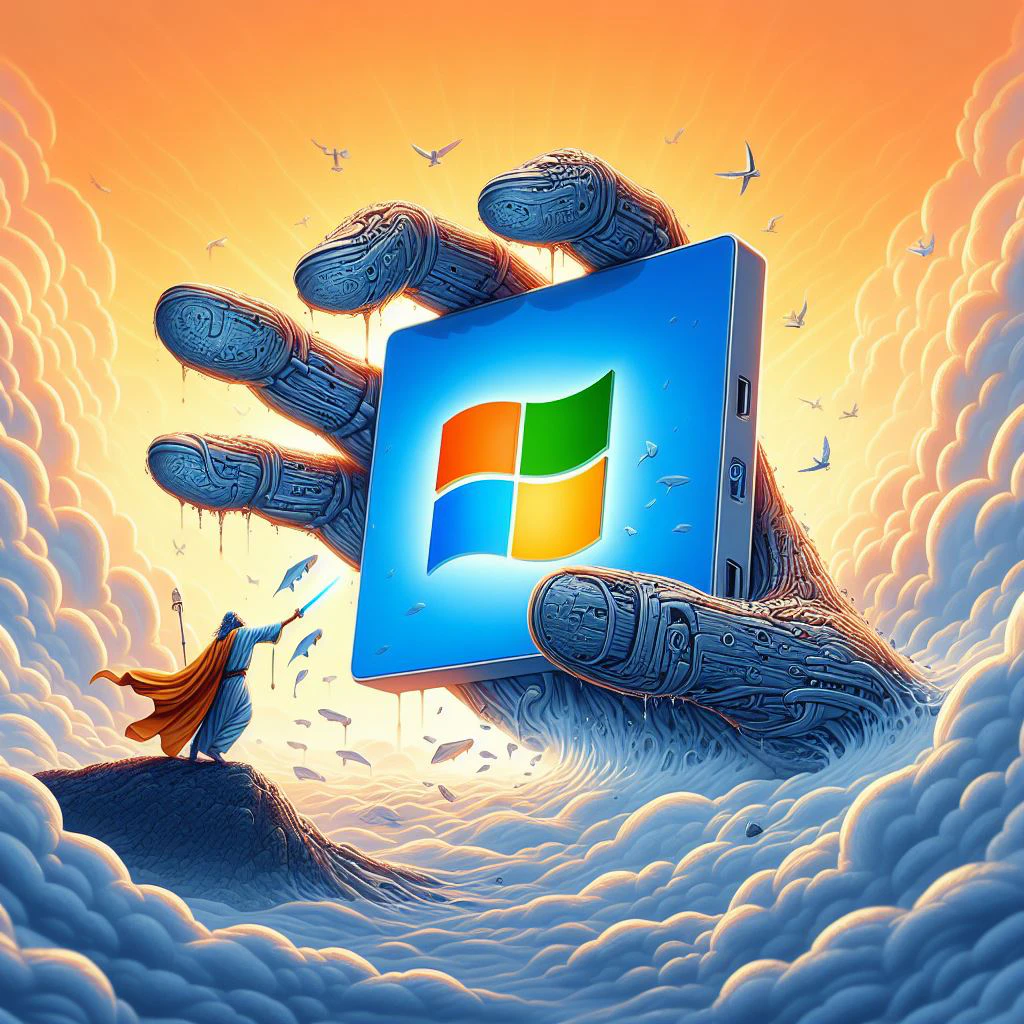Microsoft Corp insiders are raising concerns about the company’s AI strategy, suggesting it’s becoming too dependent on its collaboration with OpenAI, leading to internal shifts and executive departures. This growing apprehension has sparked discussions about whether Microsoft is gradually morphing into ‘IT for OpenAI,’ as it redirects its focus and resources towards the partnership.
Amidst these debates, questions arise about the long-term implications for Microsoft’s innovation capacity and its ability to maintain a competitive edge in the rapidly evolving AI landscape. As the company grapples with these internal tensions, the broader industry awaits to see how Microsoft will navigate this pivotal juncture in its AI strategy.
Microsoft’s transition towards OpenAI collaboration sparks internal debates
Microsoft’s AI strategy is reportedly undergoing a significant transformation, according to insiders. The AI Platform team, once spearheading internal AI initiatives within the Cloud + AI organization, is now prioritizing the partnership with OpenAI under the leadership of Eric Boyd. This shift has resulted in a notable decrease in the emphasis on internal services that previously constituted Azure AI Services.
Products such as Azure Cognitive Search, Azure AI Bot Service, and Kinect DK, which were once prominent offerings, have seemingly faded into the background. While Microsoft acknowledges the existence of these services, they may have been rebranded or absorbed into other products, signaling a strategic pivot towards OpenAI collaboration.
Aources reveal that Microsoft’s focus on the OpenAI partnership extends beyond the AI Platform team. Several other departments within the company are also aligning their efforts with OpenAI’s objectives, further solidifying the perception of Microsoft transitioning into ‘IT for OpenAI.’ While this strategic shift promises enhanced integration and collaboration, concerns linger about the potential sidelining of Microsoft’s own AI initiatives and innovation efforts.
Strategic implications and evolving industry dynamics – Microsoft’s response to AI shifts
The internal realignment at Microsoft comes at a crucial juncture in the AI industry. Microsoft’s recent investment in Mistral AI has raised questions about the future of its partnership with OpenAI. Also, reports of OpenAI developing a web search tool to rival Google’s dominance have added another layer of competition to the landscape.
These developments underscore the evolving dynamics within the AI sector and the strategic maneuvers of major players like Microsoft. Also, Microsoft’s $13 billion investment in OpenAI is facing scrutiny from the European Union for potential anti-competitive practices, further amplifying concerns about the company’s AI strategy.
Industry analysts speculate that Microsoft’s strategic shift towards OpenAI may have broader implications for the AI ecosystem. With Microsoft potentially prioritizing its partnership with OpenAI over internal innovation, competitors could capitalize on this perceived gap in Microsoft’s AI strategy. The evolving regulatory landscape surrounding AI and antitrust scrutiny could pose additional challenges for Microsoft as it navigates its strategic partnerships and investments in the AI space.
As Microsoft navigates through these internal shifts and external pressures, questions linger about the long-term implications of its partnership with OpenAI and the direction of its AI strategy. Will Microsoft’s reliance on OpenAI prove beneficial in the rapidly evolving AI landscape, or does it risk stifling its own innovation? As the industry continues to evolve, the answers to these questions will shape the future trajectory of Microsoft’s AI endeavors and its position in the competitive AI arena. With stakeholders closely observing, the decisions made by Microsoft in the coming months could redefine the company’s role in shaping the future of AI technology.





